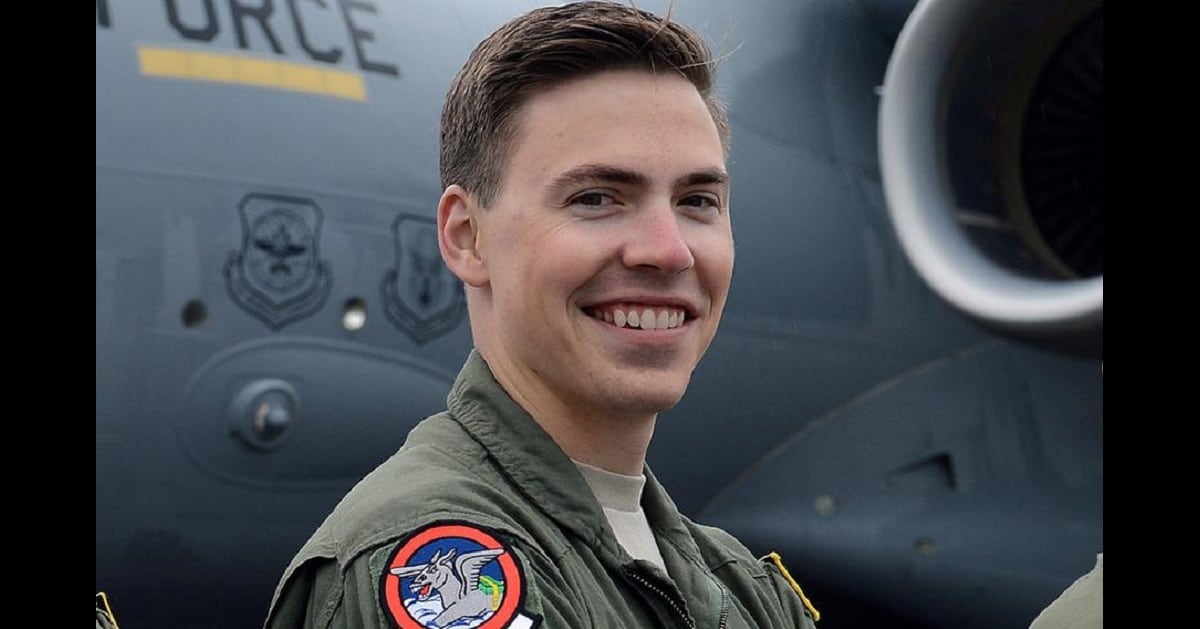This story is part of the portfolio that won the 2023 Society for Professional Journalists Dateline Award for beat reporting in a newsletter or trade publication.
An Air Force investigation of a fatal fighter jet crash in 2020 quietly discovered that key components of the pilot’s ejection seat may have been counterfeit, Air Force Times has learned.
First Lt. David Schmitz, an F-16 Fighting Falcon pilot at South Carolina’s Shaw Air Force Base, died June 30, 2020, when his ejection seat malfunctioned as he tried to escape from a failed nighttime landing. He was 32.
The Air Force’s official inquiry in the months following the accident found that electronics inside the seat were scratched, unevenly sanded and showed otherwise shoddy craftsmanship.
That raised red flags at the Air Force Research Laboratory, which called for a closer look to confirm whether the pieces were fraudulent, according to previously unreported slides provided to Air Force Times. It’s unclear whether that question was ever answered.
While the Air Force suspected parts of the seat were counterfeit, it buried the information in a nonpublic section of its accident investigation report.
Those details have come to light in a federal civil lawsuit filed by Schmitz’s widow, Valerie, who is suing three defense companies for negligence and misleading the Air Force about the safety of their products.
“What the military does is inherently dangerous to begin with,” plaintiff attorney Jim Brauchle said Tuesday. “If you’re going to be engaging in that kind of activity, you want to be doing it with equipment that’s going to work.”
RELATED
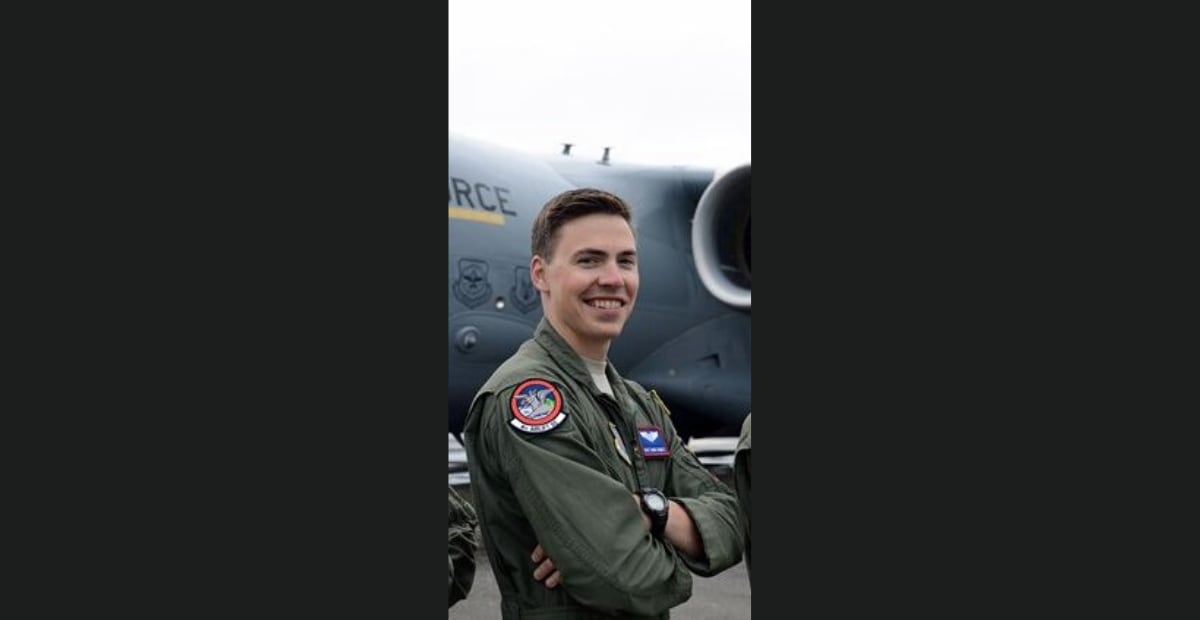
The case in U.S. District Court in South Carolina targets F-16 manufacturer Lockheed Martin; Collins Aerospace, which builds the ACES II ejection seat installed on planes across the Air Force; and multiple business units of Teledyne Technologies, which makes the seat’s digital recovery sequencer.
A sequencer is supposed to execute the steps of the ejection process when triggered in an emergency. Teledyne’s product is used in ejection seats on the F-15, F-16, F-22 and F-117 fighter jets, the A-10 attack plane, and B-1 and B-2 bombers around the world, according to its website.
In Schmitz’s case, the ejection seat shot 130 feet into the air but failed to deploy its parachute. The airman hit the ground about seven seconds later while still strapped into his seat. He died on impact.
The public version of the Air Force’s official accident report, released in November 2020, blamed the mishap on how Schmitz mishandled his descent into Shaw, as well as his supervisor’s suggestion to try a tail hook landing instead of telling Schmitz to eject earlier.
Brauchle argues that glosses over the true cause of Schmitz’s death.
“What ultimately killed him was the ejection seat failure,” he said. “It has only one job, and that’s to get the pilot out and to get out a [parachute].”
RELATED

The public accident report acknowledged that the sequencer malfunction contributed to Schmitz’s death, but did not offer further details.
According to Air Force Research Laboratory slides dated Aug. 3, 2020, however, the service suspected that several transistors and microchips inside the sequencer were fake. Valerie’s legal team obtained the slides through a Freedom of Information Act request.
Six transistors “had no conformal coating, were heavily gouged, had arcing scratch marks, were considered obsolete and were suspected of being counterfeit,” the complaint said. A capacitor that may have been damaged while it was handled was “partially dislodged.”
Suppliers Atmel, Analog Devices and Siliconix provided the potentially counterfeit transistors, memory chips and accelerometer chip, according to the Air Force slides.
The lab also found signs that Teledyne had destroyed evidence related to the case, the lawsuit said. Teledyne appeared to have replaced five microchips on the sequencer before sending it to the lab.
“Teledyne had removed the printed wiring board from the DRS housing and had mounted the [board] to a ‘test fixture,’” the lawsuit said. “Teledyne had cut the leads on Channel #2′s parallel flash memory chip to facilitate chip removal.”
AFRL: Digital Recovery Sequencer
Still, the lab said it wasn’t sure whether any of those parts caused the ejection seat to fail.
“The parts … are strictly considered suspect at this time,” AFRL wrote in 2020. “Destructive analysis on these components, and analysis of components on other DRS boards, would be required to provide [a] higher level of confidence in whether or not they are counterfeit.”
Plaintiffs hope to learn through the legal discovery process whether the components were proven fake. Counterfeiting has plagued the Pentagon’s supply chain for decades, and contractors are often unaware they are providing faulty materials.
“The DoD is aware of this problem and is working to eliminate these components from supply chains,” the Air Force Research Laboratory said.
Plaintiffs are also questioning whether the sequencers meet the Air Force’s standard of reliability. The Air Force Safety Center recommended in 2012 that the sequencer be replaced with more reliable hardware.
Delays in that replacement effort led the Air Force to continue using sequencers longer than intended — including on Schmitz’s fighter jet.
RELATED

To keep an eye on potential degradation, contractors tested 60 sequencers in 2017 and 2018, the lawsuit said. Three were flagged for further evaluation. Teledyne found that two of the three units would have functioned properly in an ejection.
Two years after that testing, the lawsuit claims, the companies hadn’t said whether the third unit passed muster. Still, the Air Force relied on the test data when it decided to continue using the sequencer that ended up in Schmitz’s F-16, the lawsuit said.
Now, the plaintiffs are calling for a jury trial to recoup damages that could total several million dollars.
The complaint accuses the contractors of wrongful death, accident liability, misrepresentation of the seat’s airworthiness, negligent supervision on Lockheed’s part, failure to warn the F-16 community and the public about the seat’s flaws, and violation of South Carolina law.
Brauchle indicated a successful trial would offer Valerie some closure after losing her husband, her support network of military friends and the Air Force’s backing.
“‘Here’s your [life insurance payment], here’s your outbrief, see you later,’” he said of the Air Force’s response. “Then she feels like they’re not giving her the whole truth, and that hurts even more.”
RELATED
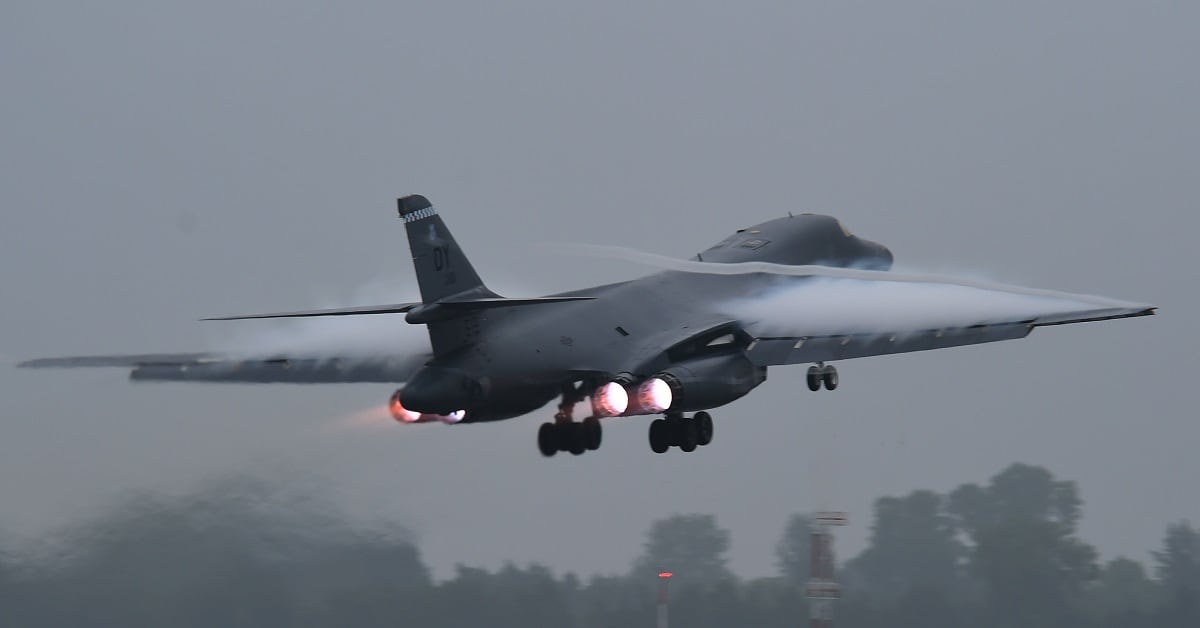
Plaintiffs said the Air Force has stonewalled further requests for information due to a federal law enforcement probe. A recent response to the legal team cited a law that allows the government to withhold information that is “expected to interfere with enforcement proceedings.”
“Any responsive documents to your request are not releasable to you at this time. … Your request has been closed,” wrote Roxanne Jensen, head of OSI’s FOIA branch, to Valerie’s legal team on June 22.
Brauchle said the Air Force isn’t named as a defendant in the case because it is protected by the Feres Doctrine, which blocks active duty troops from suing the military for most damages incurred as a result of their service.
Air Force spokesperson Rose Riley declined to comment on the claims made in the lawsuit.
“We are not tracking this court case or any related investigations,” she said Tuesday.
Multiple Air Force organizations did not respond to questions from Air Force Times, including the Air Force Research Laboratory; Air Force Office of Special Investigations; Air Combat Command, which oversees the F-16 fleet; or the Air Force Safety Center.
RELATED
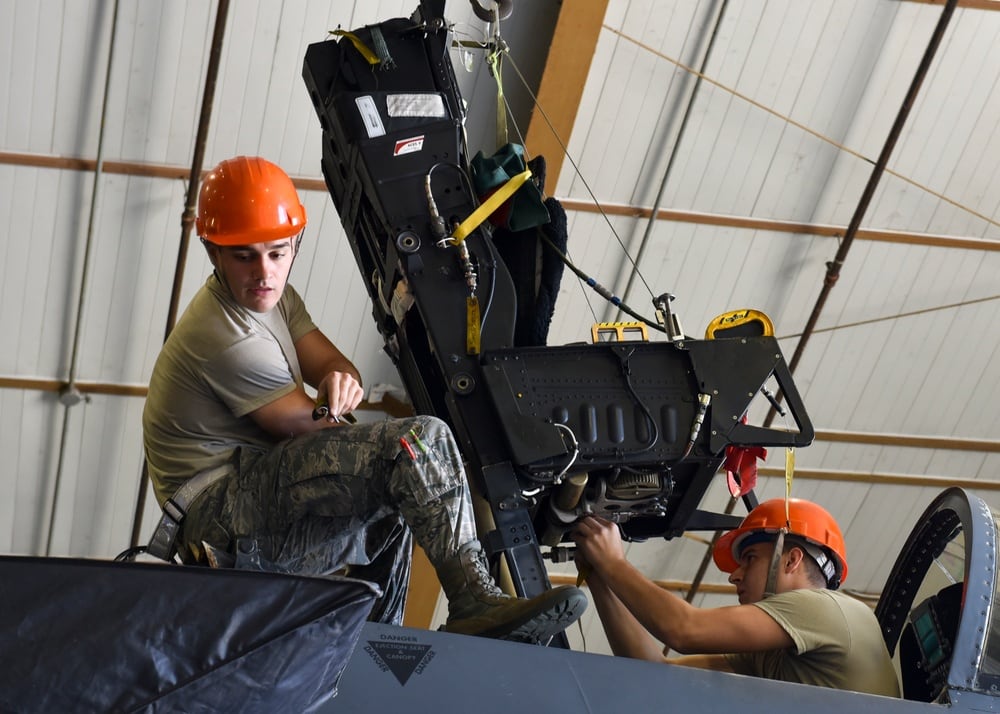
Lockheed Martin spokesperson Leslie Farmer declined to answer questions on pending litigation. Other lawyers and representatives for Lockheed, Collins and Teledyne did not respond by press time Tuesday.
The defendants are required to file a rebuttal in court by the end of September.
Schmitz’s crash sparked renewed discussion in Washington about the measures needed to keep military pilots safe. Eighty-nine people have been killed in Air Force mishaps since 2012, according to the Air Force Safety Center. Six of those incidents occurred in the F-16.
Reporting by Military.com last year illuminated concerns about whether the airman was pushed too hard to fly a training sortie with tasks he hadn’t yet tried at night because of an upcoming deployment, and about slow-moving ejection seat repairs.
Schmitz’s seat hadn’t been fixed in three years because of a spare parts shortage. The Air Force put off addressing the problem despite knowing it could turn fatal, Military.com reported.
RELATED
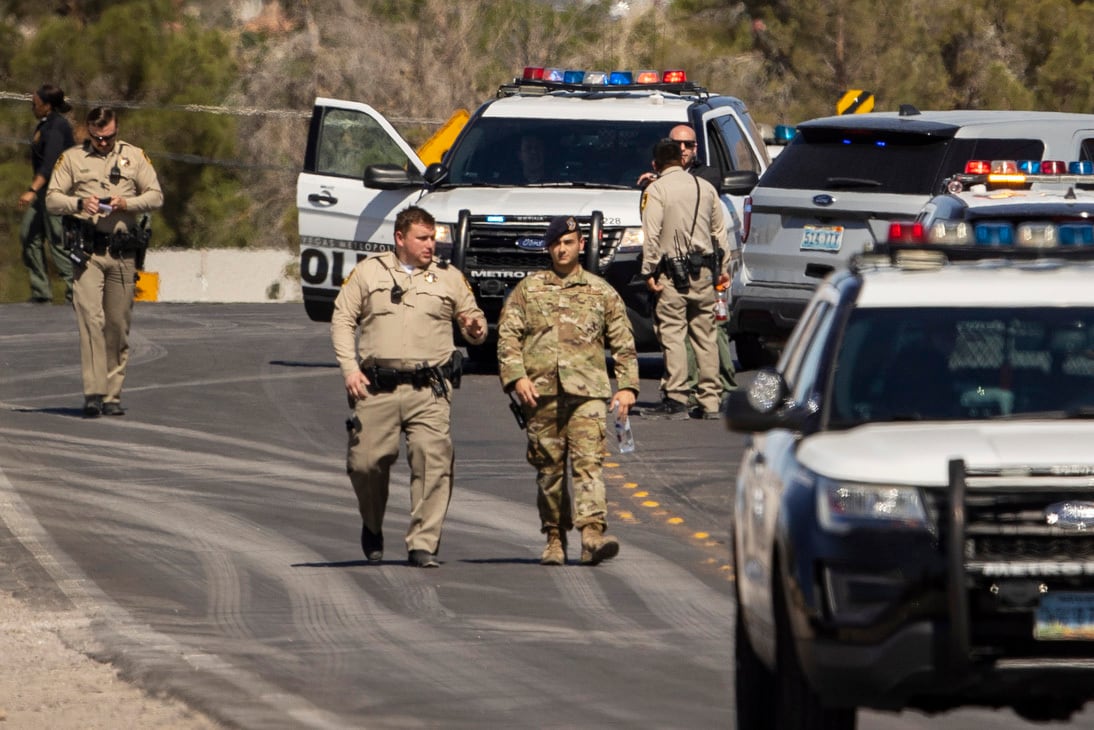
After his death, Congress passed a law requiring the Air Force and Navy to provide updates on their ejection seats twice a year.
Lawmakers want to know how many seats are installed at each active flying base, and how many have a waiver that clears them for use, despite needing repairs or replacement parts. They also ask for more transparency regarding who signed off on each waiver and when.
The first report was due to Congress on Feb. 1.
Rachel Cohen is the editor of Air Force Times. She joined the publication as its senior reporter in March 2021. Her work has appeared in the Washington Post, the Frederick News-Post (Md.), Air and Space Forces Magazine, Inside Defense, Inside Health Policy and elsewhere.
